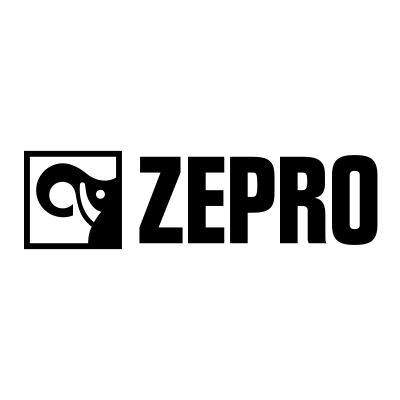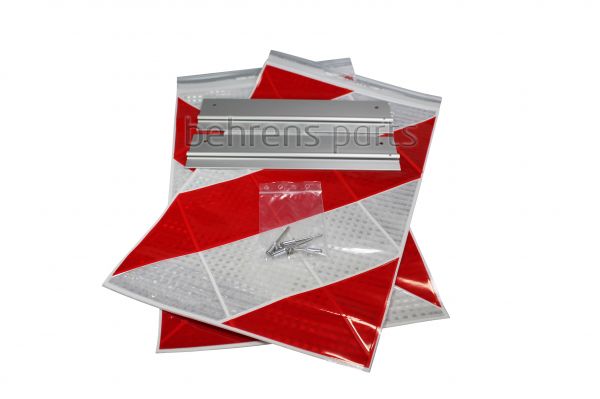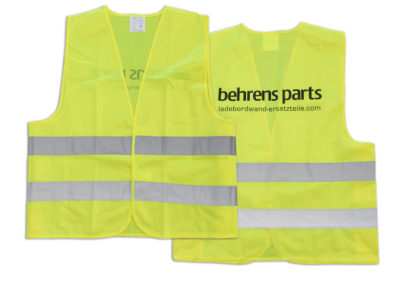Spare Parts finding
Piston rod hydraulic cylinder
Choose from over 2 piston rod hydraulic cylinders for your tail lift, loading ramp or lifting platform. In our LBW shop, we offer 100% custom-fit spare parts for almost all manufacturers at a reasonable price in original part quality - No B-Ware or used goods!.
Tail lift piston rod hydraulic cylinder buy for all manufacturers
The piston rod is the part that raises and closes the cylinder. The piston rod is hydraulically from the hydraulic cylinders driven (single-acting) or retracted (double-acting). The associated sealing set consists of scraper rings, rubber rings and shimmer rings in various diameters, with which the cylinder is sealed. The seal kit prevents hydraulic fluid from escaping from the cylinder barrel past the piston rod. We offer suitable piston rods for MBB Palfinger, Bär Cargolift, Sörensen, Dautel, Behrens Eurolift, Palfinger (PBS), Dhollandia, Zepro, Anteo, AMA.
Our offer includes metric piston rods with diameters from 10 mm to 70 mm. We cut the piston rod according to your individual specifications and wishes. Our piston rods are of very high quality and are suitable for cylinder installation and repair, installation in new buildings, self-construction or the production of high-strength bolts. Piston rods sold by the meter are extremely easy to machine and can be sawn, turned, drilled and welded. Feel free to contact us with any questions and we will get in touch with you as soon as possible.
What does a piston rod do in a normal internal combustion engine?
Piston rods connect the pistons to the crankshaft in the engine. Depending on whether the engine is overhead camshaft or standard camshaft, the piston rod allows power to be transmitted from a controlled explosion in the cylinder to the crankshaft and to the tappets. In an internal combustion engine, there is one piston rod for each cylinder. In a car engine, each cylinder has a piston and two or more intake and exhaust valves. Most overhead camshaft front-wheel drive engines have four valves per cylinder: two intake valves and two exhaust valves. Mid-engine camshaft engines typically have two valves per cylinder: an exhaust valve and an intake valve. All four-stroke internal combustion engines, regardless of camshaft type, have four strokes: intake, compression, combustion and exhaust.
During the intake stroke, the crankshaft pulls the piston rod down. This pulls the pistons down, allowing the air/fuel mixture to enter each cylinder. Each cylinder's intake valve is open, allowing air and fuel to enter the cylinder. When the crankshaft pushes the piston rod up on its second stroke (compression stroke), the intake valve begins to close and compresses the mixture. Compression heats the mixture and makes it more volatile. At the end of the stroke, the intake valve is fully closed and the exhaust valve is preparing to open. For the combustion stroke, the third stroke, the crankshaft moves down again. The outlet valve begins to open. The spark plug ignites the volatile air-fuel mixture, causing a controlled explosion and generating electricity. As the piston rod moves the piston through the stroke, the exhaust valve opens further.
On the fourth stroke - the exhaust stroke - the exhaust valve is fully open and the crankshaft begins to push the piston rod up, expelling the burned air and fuel into the exhaust system. The exhaust valve begins to close at the end of the stroke and the intake valve is ready to open. At the end of the stroke, the exhaust valve is fully closed and the piston rod has pushed the piston to the top of the cylinder. The remaining air/fuel mixture is completely expelled into the exhaust system and the process starts over. Because the exact length of the piston rod is critical to controlling the engine's valve train, the attachment pulls the piston to a fixed step or position on the piston rod, and the length (and valve timing) is not adjustable. This length requires precision in the manufactured rods, but unlike the rods that drive the valves, it does not need to be fine tuned by the assembler during assembly.
Hydraulic piston rod lifting cylinder
The internal thread of the hydraulic cylinder piston rod with thread can be defined by the thread size, pitch and length. In the case of synchronous cylinders, the two piston rod ends can accordingly be determined independently of one another. The external thread of the hydraulic cylinder piston rod can be defined by the thread size, pitch and length. In the case of synchronized cylinders, the two piston rod ends can be determined independently of one another.
Chromed piston rods
Hard chrome plated piston rod is suitable for all applications and features high toughness and excellent corrosion resistance. With hard chrome plating, a particularly thick layer of chrome is applied after pre-honing and final honing. The layer thickness depends on the bar diameter and the hardness exceeds 800 HV. Hard chrome-plated piston rods can be used from -15 °C to 200 °C. Piston rod material 42CrMo4V hardened and hard chrome-plated, material number 1.7225, is suitable for heavy loads and particularly high wear resistance thanks to the case-hardened layer. The surface hardness is 56-64 HRC. Due to the high strength of the material, very high forces can also be transmitted, such as small connection threads on large piston rods. Hard chrome plating is a particularly thick layer of chrome that is applied after pre-honing and fine-honing. Layer thickness depends on rod diameter and hardness over 800 HV. Hard chrome plated piston rods are suitable for use between -15°C and 200°C.

 AMA
AMA Antaeus
Antaeus Bear Cargolift
Bear Cargolift Behrens Eurolift
Behrens Eurolift dates
dates Dhollandia
Dhollandia MBB Palfinger
MBB Palfinger Palfinger (PBS)
Palfinger (PBS) Sorensen
Sorensen Zepro
Zepro



